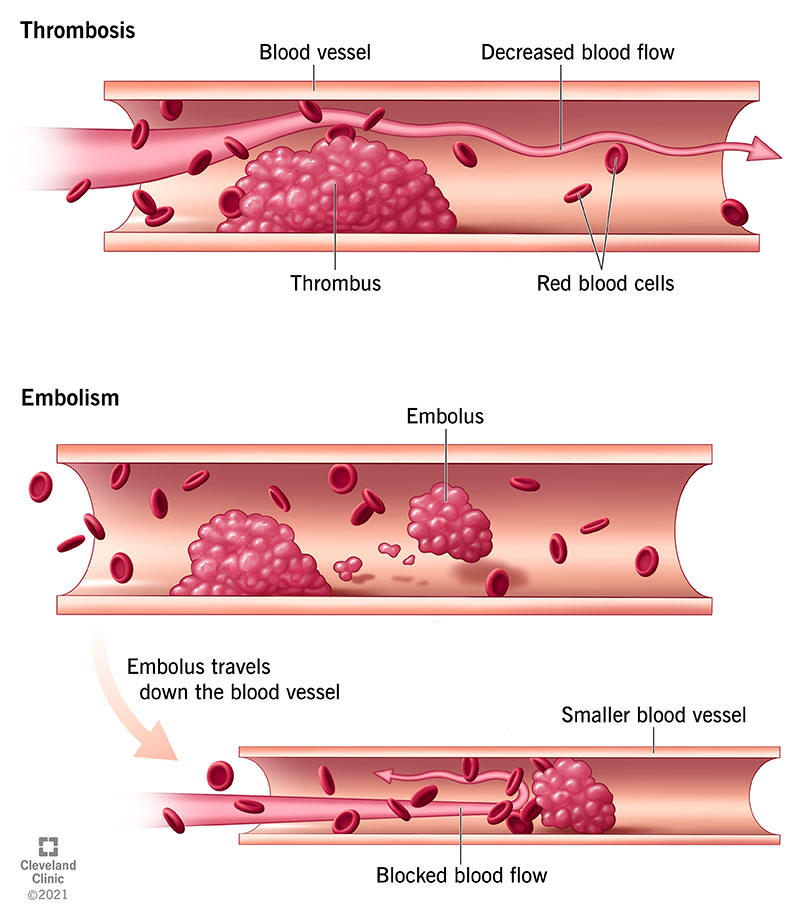How do I prepare for a thoracentesis?
Your healthcare provider will give you specific instructions on how to prepare for a thoracentesis. They may ask you to:
- Stop taking medications after a certain time.
- Have someone drive you home after the procedure.
Tell your provider if you:
- Have a blood clotting (bleeding) condition.
- Take blood thinners or aspirin.
- Take any other prescription or over-the-counter medicines, vitamins or supplements.
- Are pregnant or could be pregnant.
- Are allergic to any medications (including anesthetics), latex or tape (adhesives).
What happens before a thoracentesis?
Before a thoracentesis, your provider will take your blood pressure and use a small device on your finger to measure your blood oxygen level. They’ll use imaging (X-ray, ultrasound or CT scan) before the procedure to see where the fluid is and how much of it there is.
You’ll change into a gown that’s open in the back and remove any jewelry. Your provider will have you sit with your arms resting on a table. If you’re unable to sit, you can lie on your side.
What happens during a thoracentesis?
A thoracentesis is usually done at a hospital and takes about 15 minutes. Your provider may ask you not to move or to hold your breath at different points during the procedure.
You may feel pressure or discomfort while they take fluid out, but it shouldn’t be painful. Tell your provider if you have chest pains or feel short of breath or faint.
During a thoracentesis your provider will:
- Connect you to machines to watch your heart rate and other vital signs.
- Give you oxygen through a tube (cannula) in your nose or with a mask.
- Clean part of your back with antiseptic and cover the area with a drape.
- Numb the area with a needle and local anesthesia. You may feel a pinch when they put the needle in. They might wait a few minutes after this step to make sure the area is numb.
- Make a small cut in your skin (incision) and insert another needle between your ribs to take out fluid. They may use a hand-held ultrasound device to help them guide the needle. A tube attached to the needle drains the fluid.
- Remove the needle and cover the incision with a bandage. It should heal on its own.
What happens after a thoracentesis?
After a thoracentesis, your provider may get another X-ray or ultrasound of your lungs. If you’re going home afterwards, they’ll continue to watch your vital signs until it’s OK for you to leave.
You might cough for up to an hour after thoracentesis. This is normal and helps your lungs expand again.
Your provider usually sends the drained fluid to a lab. The lab will look for signs of infectious diseases or other causes of pleural effusion. Your provider will let you know what they find and what it means for your health.
Are you awake during a thoracentesis?
Yes, you’re awake during a thoracentesis procedure. Your provider uses a local anesthetic to numb the surrounding area.
What position are you in for a thoracentesis?
The best position for a thoracentesis is sitting up and resting on your arms on a table in front of you. Your provider can get to your back in this position and it’s easier to hold yourself still. If you can’t sit, you can lay on your side instead.
Is a thoracentesis procedure painful?
Thoracentesis shouldn’t be painful. Your provider will numb your skin before putting the needle in. Removing the fluid might cause you some discomfort, but it shouldn’t be painful.







